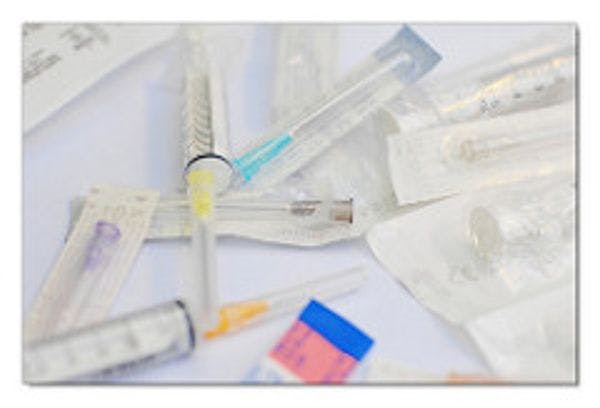Centro para el Control de Enfermedades: el uso de programas de intercambio de agujas en los Estados Unidos experimenta un drástico aumento en los últimos 10 años
En 2015, el 54% de las personas que consumen drogas intravenosas informaron de que se habían acogido a un programa de intercambio de agujas en el año anterior, frente al 36% de 2005.
Más información, en inglés, está disponible abajo.
Suscríbase a las Alertas mensuales del IDPC para recibir información sobre cuestiones relacionadas con políticas sobre drogas.
Although there was a significant increase in the use of syringe services programs (SSPs)—more commonly known as needle exchange programs—across the United States over the past decade, many injection drug users don't always use sterile needles, a federal government report says.
Previously used needles put drug users at risk for infectious diseases such as HIV and hepatitis B and C, the report noted.
Needle exchange programs provide sterile needles and syringes to injection drug users. These programs also refer drug users to prevention, care and treatment services.
Researchers from the U.S. Centers for Disease Control and Prevention looked at data from injection drug users in 22 cities with high rates of HIV. In 2015, 54 percent of injection drug users said they used a needle exchange program in the past year. That was up significantly compared to the 36 percent who said they used such a program in 2005.
Click here to read the full article.
Keep up-to-date with drug policy developments by subscribing to the IDPC Monthly Alert.
Thumbnail: Flickr CC tschoppi
